The e-learning industry is expected to reach US$400 billion by 2026, reflecting the massive demand for online courses. But with demand comes competition, making promoting and selling your course difficult. So, how can you ensure that your course reaches the right audience and increases enrollments? The answer lies in a solid social media strategy.
Social media offers unparalleled opportunities to endorse your courses. However, navigating platforms like Facebook, Instagram, Twitter, TikTok, and LinkedIn can feel overwhelming.
This guide covers 10 practical strategies to help you learn how to promote your online courses on social media. From increasing visibility and engagement to growing sales, here’s everything you need to know.
How do you endorse online Courses on Social Media? Top 10 Marketing Strategies
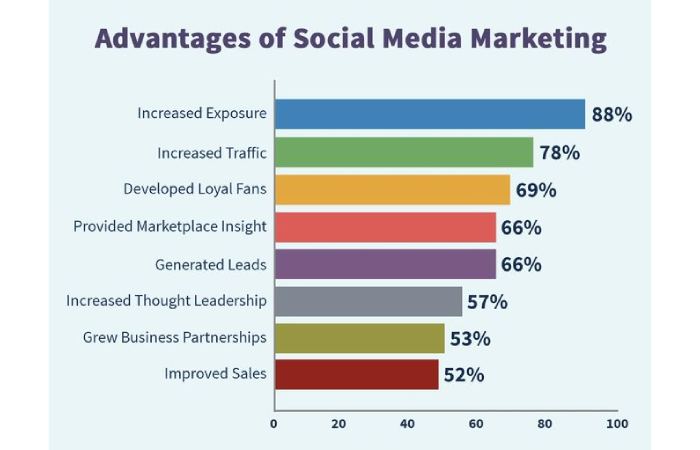
Promoting online courses on social media requires more than just random posts. It’s about strategy, engagement, and consistency. By implementing these 10 social media strategies, you can increase signups and build a loyal brand base.
1. Identify and Know Your Audience
Before you figure out how to promote an online course, step back and determine who you’re trying to reach. Your marketing efforts will only work if aligned with the right audience. Start by asking yourself these questions:
- Who needs your course?
- What are their pain points?
- Which social media platforms do they use most often?
Conducting thorough market research can provide insight into industry trends, competitor strategies, and market gaps. Luckily, most social media platforms offer analytics tools like Google Analytics, Facebook Insights, and Instagram Audience Insights, allowing you to gather data about your audience.
To refine your targeting, you can segment your audience based on demographics, location, interests, and goals. Don’t forget to analyze your competitors. By auditing their target audience, you can gain insight into their audience, content strategy, and engagement tactics.
2. Create high-impact content
While having a high-value course is essential, posting high-quality content on social media is equally important. Your content should do more than sell; it should entertain, educate, and create meaningful engagement with your audience. A well-thought-out content strategy includes a variety of satisfied formats, such as short videos, infographics, and late-the-scenes footage of your course creation process.
Video content, in particular, is a game changer. Studies show that 82% of patrons are likelier to capitalize on a product or service after watching a video. Given this influence, focusing on video content according to each platform’s content format can significantly improve your social media presence.
For example, short vertical videos dominate on Facebook, YouTube, Instagram, TikTok, and X. You can use AI-powered tools to create short (3-7 minute) videos that answer common questions that potential students may have. Be sure to strategically link to and promote your course in these videos. You can learn more about how AI changes online course marketing and incorporate the knowledge into your course promotion.
3. Leverage Influencer Marketing
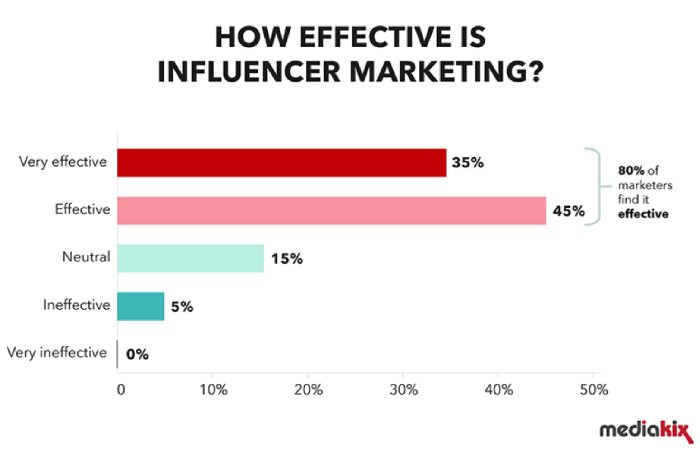
If you’re wondering how to promote online courses on social media and build, influencer marketing is what you need. Research shows that 69% of consumers trust influencer recommendations, making them an excellent asset for promoting your online course. By leveraging their loyal audience, you can reach potential students who might not otherwise find your course.
To get started, partner with influencers or industry experts with interested followers in your niche. You can offer them free access to your course or an affiliate partnership in exchange for a compliment, review, or recommendation. However, ensure their audience aligns with your target market so you don’t waste resources on exposure that doesn’t convert.
Another excellent strategy for promoting your paid online course is guest speaking on niche-specific podcasts. This allows you to discuss the specifics of your course and showcase your expertise in a long-form format to gain the Trust of potential students.
4. Maximize Visibility with Paid Advertising
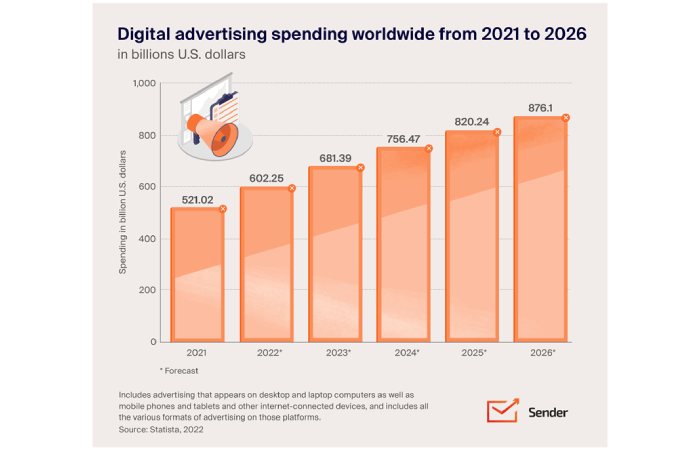
While organic social media strategies are essential, paid advertising can significantly expand your reach. Investing in targeted advertising across multiple platforms can increase your course’s visibility. To maximize your success, consider A/B testing to see what works best.
You can also integrate Google Ad campaigns with your social media strategies to retarget your audience. This way, when someone engages with content related to your course on social media, they’ll see personalized ads when they browse Google. Additionally, you can use retargeting campaigns to offer special discounts to users who have shown interest on social media but haven’t yet made a purchase, encouraging them to sign up sooner.
For best results, focus on engaging visuals, strong sales copy, and clear calls to action (CTAs) that encourage immediate action. Most platforms offer advanced analytics tools to track engagement, ad performance, and conversions to help fine-tune your strategy.
5. Utilize Compelling Storytelling Skills
Psychologist Jerome Bruner originate that people are 22 times more likely to remember a fact presented as a story. This makes storytelling a powerful marketing tool, making your content more relatable and memorable.
Instead of simply listing the benefits of your course, create a compelling narrative that reflects the challenges and aspirations of your audience. Start by sharing your learning journey to help potential students connect and relate to your story. You can explain why you created the course, what challenges you faced, and how you overcame them.
Personal touch builds Trust and emotional connection as your audience demonstrates the value of your course. At the end of your story, add a strong call to action that shows how your course can help students achieve similar success.
Make Your Story More Impactful:
Use multiple formats: Showcase your story in various formats, such as long-form YouTube videos, written LinkedIn posts, or quick, engaging snippets in Instagram and Facebook stories for a more personal connection.
Share real success stories: Use user-generated content to showcase references and success stories from past students. When potential students see that others have succeeded, they’ll be more inclined to enrol because they know your course has made a difference.
6. Use Pinterest to Generate Leads
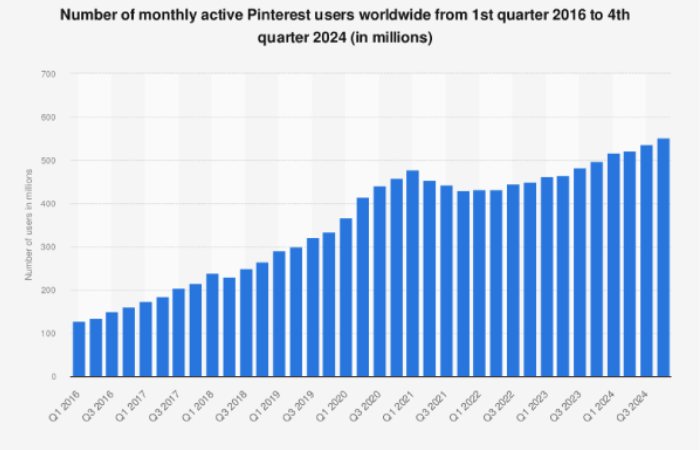
When you think about how to promote online courses on social media, Pinterest often gets overlooked, resulting in missed opportunities. This visual search engine is a moneymaker for driving traffic to your products and services. Its potential can be gauged from the fact that it drives 33% more website traffic than Facebook.
Pinterest Shopping ads also deliver a 2x higher return on ad spend (ROAS). To maximize its potential, create compelling Pins highlighting key takeaways from your course. You also need to optimize your pins with relevant keywords so they rank in Pinterest search results and attract consistent, long-term traffic.
7. Build a Community and Engage With your Audience
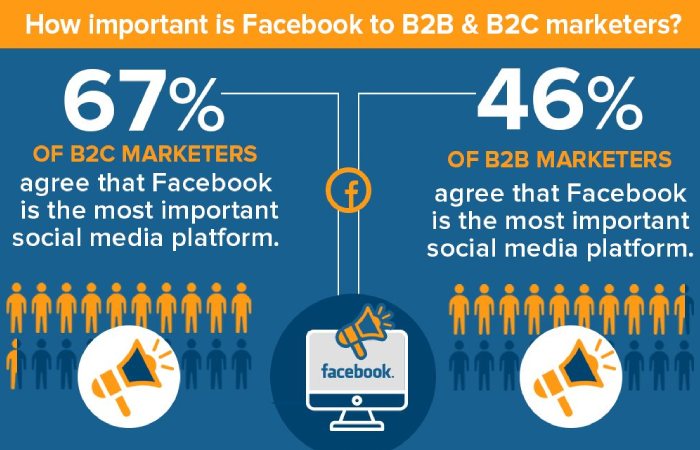
Connecting with your audience is essential, whether delivering instructor-led virtual training or selling it. Creating a strong community is one of the best ways to promote an online course. A thriving community increases enrollments, primarily through word-of-mouth marketing, which is far more powerful than any advertising campaign.
Creating a dedicated Facebook group for your course is the easiest way to build a community. This allows students to interact, ask questions, and share their experiences, development a sense of belonging.
If creating a community from scratch seems overwhelming, you can leverage existing ones. Join relevant Facebook groups, Reddit threads, and LinkedIn groups where your target spectators is active and participate in discussions. You can subtly promote your course to these communities by offering ideas and answering questions. The key is establishing yourself as a helpful resource, not just driving sales.
8. Offer Exclusive Discounts
Limited-time offers and exclusive reductions create a sense of urgency and inspire users to take action. Introducing early bird discounts and promotional prices during the course launch period attracts leads while encouraging hesitant buyers to buy.
Referral programs are another effective strategy. You can expand your reach into their social networks by encouraging current students to promote your course. The best part is that you don’t have to pay high advertising costs. You can offer a commission for each successful referral link, incentivizing students to promote your course on their profiles, creating a win-win situation.
Create FOMO with countdown timers:
Create countdown timers on Instagram stories or Facebook posts to increase urgency. Users who see a timer counting down each day fear missing out, making potential students feel like they need to sign up before the opportunity is gone.
9. Live Streaming and Q&A Sessions
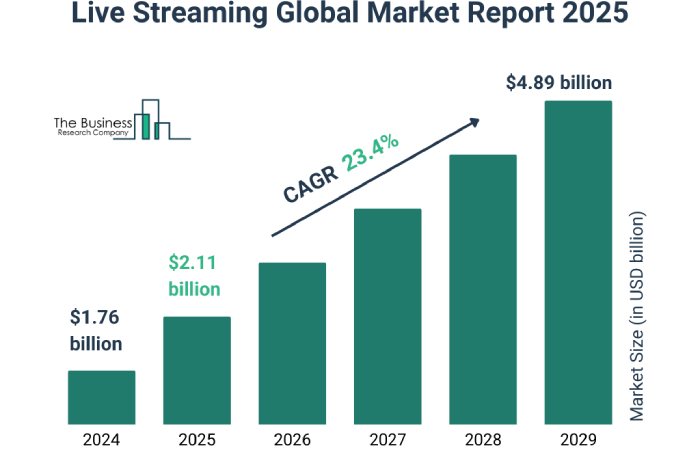
With 52% of people worldwide watching live streams on social platforms, this is a golden opportunity to promote your online course. Unlike pre-recorded content, live videos create a sense of urgency that increases your reach and engagement. These include live Q&As, mini-lessons, collaborations, and more.
Conducting live Q&As lets you clear up any doubts potential students may have before registering directly. You can also offer a mini-lesson or sneak peek of your course, demonstrating its value upfront. Platforms like Facebook Live, Instagram Live, and YouTube Live make it easy to broadcast to a live audience and engage instantly.
Collaborate with industry experts or invite past students to join your live session. Their ideas and feedback create a positive learning environment and add credibility, making it easier for potential students to trust and enter your course.
10. Showcase Social Proof to Build Trust
Alt text: The importance of online reviews for promotion
Source: wiser notify
88% of customers trust online analyses as much as personal references, highlighting the importance of social proof. But how do you promote online courses on social networks using reviews? The easiest way is to use real testimonials and student success stories. When potential students see others benefiting from your course, they are more likely to enrol.
Showing screenshots of positive reviews and video testimonials builds credibility and reinforces the value of your course. You should encourage former students to leave public ratings and reviews on Facebook and LinkedIn, offering discounts or exclusive offers. This allows potential students to see what they can gain by joining your course.
Increase Your Sales With Smart Marketing
There’s a tremendous amount of information on the Internet, and social media feeds are constantly overflowing with content. Promoting your courses can easily get lost in this crowded field. That’s why it’s essential to understand how to promote online courses on social media. Using strategic engagement-focused marketing allows you to reach the right audience.
But promoting a course is hard enough as it is—why add the stress of designing and creating a training course? That’s where Coursebox, the industry’s leading learning platform, comes in.
It’s an AI-powered learning platform that offers a wide range of supporting features like an AI test generator, AI course creator, and interactive elements. Coursebox helps you create quality training courses without the hassle, giving you more time to focus on the actual work: marketing.
Start using Coursebox AI today and take the hassle out of course creation!
Also Read: How Trading Can Become Another Form of Income
FAQ
How do you advertise an online course?
The most effective online course advertising strategies include social media advertising, collaborating with influencers, and engaging content on top social media platforms. Additionally, publishing valuable content on your website and community-building efforts help expand your reach and attract potential learners.
How do you promote a course on Facebook?
Running targeted ads, posting engaging content, and using groups that target a specific niche are effective ways to promote your course on Facebook. You can also build your community on Facebook by hosting live Q&A sessions and sharing success stories.
How do you sell an online course without subscribers?
If you don’t have a following, start optimizing your content, running paid ads, and partnering with influencers to promote your product. Post consistently across all social media platforms, focusing on short video content as it tends to convert more leads.
How do we increase training sales?
Conduct thorough research to appreciate your target audience and engage with them with high-quality content to increase sales of your training course. You should also use paid advertising and share positive reviews and references to build trust and increase your conversion rate.

